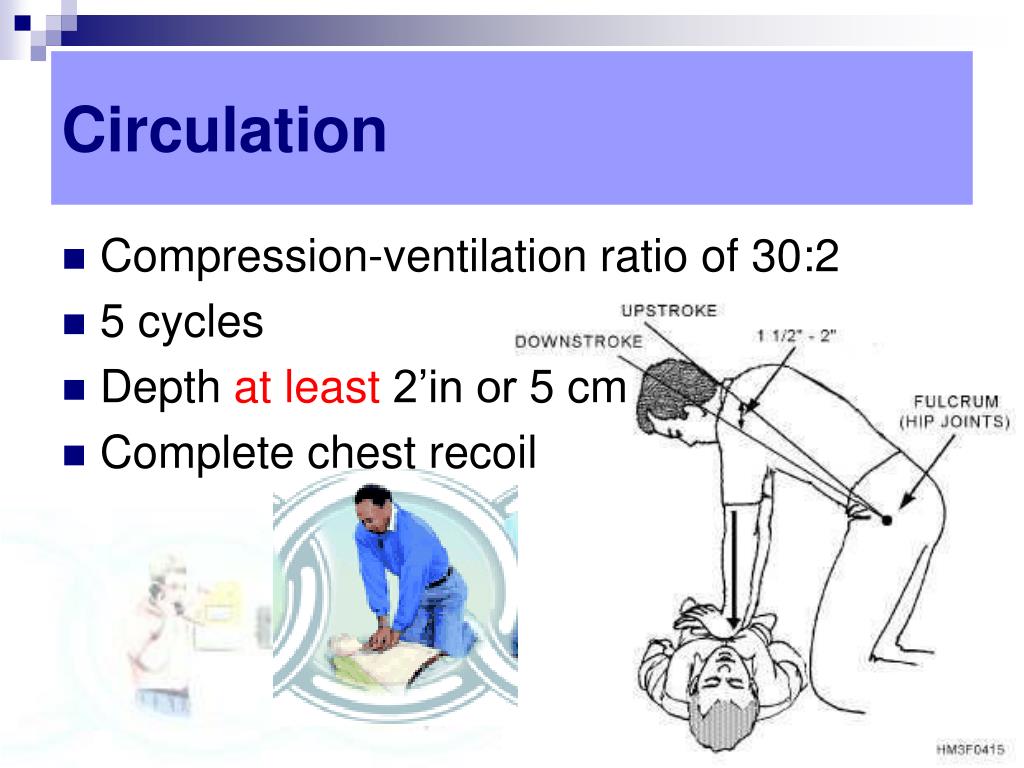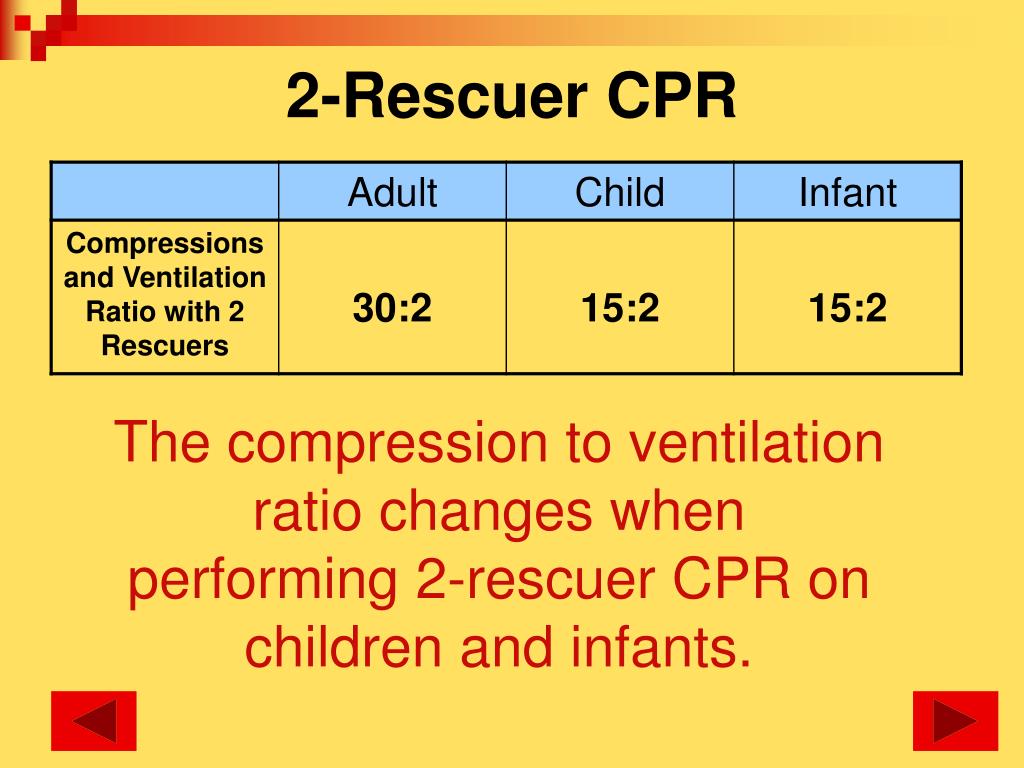

Still, the American Heart Association believes saving a person’s life is more important than a few cracked ribs. This is deeper than it seems, and it results in vigorous compressions that might break ribs on a full-grown adult. Now, the accepted compression depth is at least two inches-maybe more. The American Heart Association used to recommend that rescuers push one and a half to two inches into the chest on each compression. “Push hard and fast in the center of the chest” Students are usually instructed in today’s classes to call 911 the instant they realize there’s something wrong better to have to send back the ambulance because the victim is actually fine than to have it arrive just a few seconds too late. These days, instructors want you to start in on CPR as soon as possible-and every second counts. In the past, you might be taught to “look, listen, and feel” before calling 911 to try and determine whether there’s a problem. However, since rescue breaths are no longer recommended even for healthcare professionals in light of the pandemic, this process has been simplified even further. Sometimes a new order is taught-C-A-B-that advocates chest compressions, then clearing the airway, then rescue breaths. These have been shown to be the most important in saving lives for victims of cardiac arrest. The most recent AHA guidelines say that you should perform compressions before anything else. Put another way, every pause in chest compressions is a pause in blood flow to a victim’s brain-and every pause is an opportunity for the patient’s health to crash. Today, most medical professionals and the American Heart Association believe that it’s better to circulate even blood that isn’t fully aerated to the brain, rather than aerating the blood and not delivering it fast enough. However, it’s compressions that circulate blood flow to the brain-and lack of oxygenated blood flow is what kills a sudden cardiac arrest victim. These days, the last item on that list comes first.


In older CPR classrooms, students were instructed to follow the order of ABC when performing CPR: first clear the airway (A), then provide rescue breathing (B), and then perform compressions (C). Every halt in chest compressions is a halt to blood flowing into the brain, which can reduce a patient’s chances of survival. So don’t stop delivering those chest compressions until help arrives and medical professionals can take over, even if it takes a long time. But there have been a handful of documented cases of people recovering after very long periods of CPR-perhaps the longest known case was a person who revived after 96 minutes of continuous CPR. The newest 2020 guidelines reaffirmed that advice, emphasizing that the harm of giving CPR is low if the patient was found to have collapsed for some other reason than cardiac arrest, whereas the risk of harm is high for those experiencing cardiac arrest who don’t get CPR in time.Īt one point, CPR was considered futile past a certain point. The AHA has been telling us that layperson rescuers should not pause to look for a pulse since 2010-instead, if a person collapses, they should immediately assume it’s due to cardiac arrest and start CPR. And in response to the pandemic, the AHA now recommends that both healthcare providers and laypeople perform CPR while wearing a face mask. Mouth-to-mouth is no longer recommended during CPR for either laypeople or healthcare providers, mainly to avoid transmission of the virus. In 2022, the AHA released new guidelines in light of the pandemic. There were good reasons for those guidelines: mainly, that including rescue breaths in layperson online CPR training could make bystanders feel intimidated and reluctant to give CPR to a patient outside of a hospital setting, with their life on the line. That technique has been out of fashion for a while now, but in the past, the AHA recommended that healthcare providers still learn to provide rescue breaths even as it directed laypeople to focus only on compressions. In the past, mouth-to-mouth rescue breaths were advised in addition to compressions.

Mouth-to-mouth rescue breathing is no longer recommended. In light of the pandemic, the AHA has also come out with new guidelines to keep rescuers as well as patients safe. The past decade has seen a number of changes, and many of those changes are geared toward making the skill more accessible and easy to learn. CPR guidelines are re-examined and updated every five years.


 0 kommentar(er)
0 kommentar(er)
